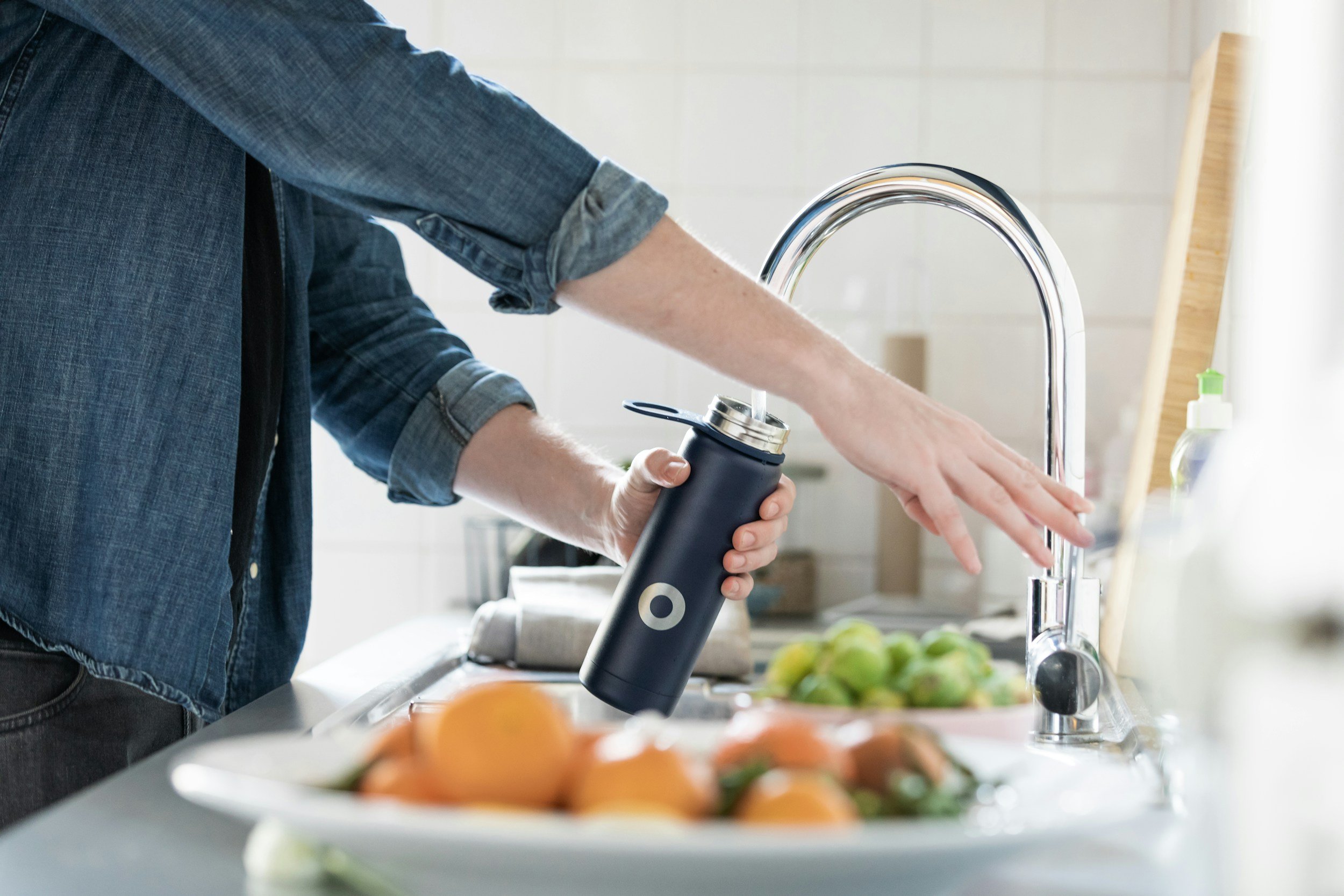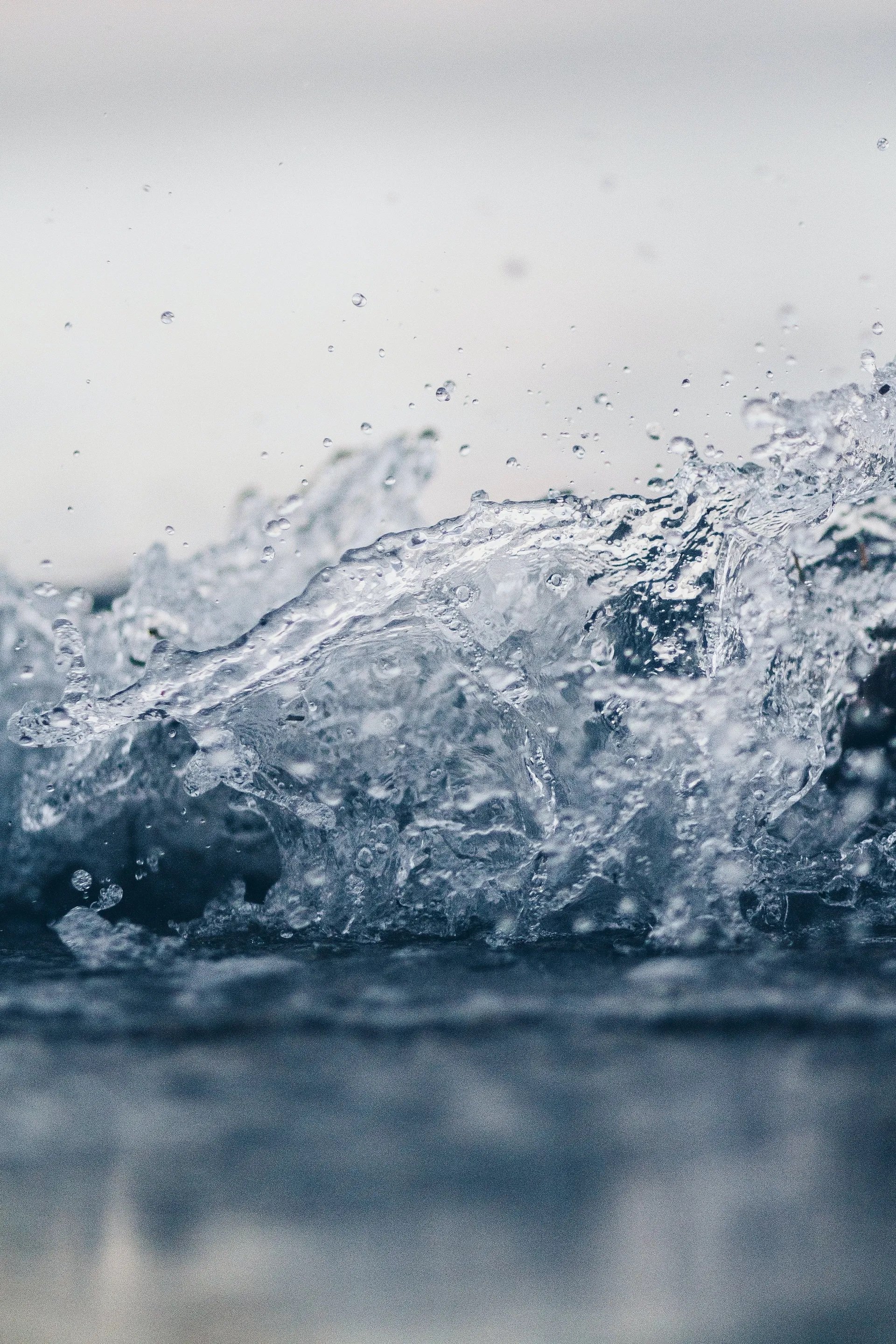
Raw Water Main
Project
The City of Toledo is preparing to construct a new 78-inch Raw Water Main, approximately 9 miles from Lake Erie and the Low-Service Pump Station (LSPS) to the Collins Park Treatment Plant for treatment and distribution to over 500,000 customers in Toledo and the surrounding region. As part of the City’s ongoing multi-year Capital Improvement Program (CIP), this important infrastructure project will enhance our water supply system to meet the growing needs of our community.
We are deeply committed to keeping residents and surrounding communities informed throughout the process. Please refer to this webpage as a source for timely and detailed information about the project, including its scope, timeline, and potential impacts. We appreciate your interest in the project and patience as we work to improve our city's water infrastructure.
For any questions, please reach us through our contact form below. The first open house is taking place on May 21, 2025.
Water for the Toledo Region’s Next Generation - May 21, 2025 - Download Presentation
Raw Water Main Project FAQs
-
The City of Toledo is implementing its multi-year Capital Improvement Program (CIP) based on the City’s 20-Year Master Plan and Needs Assessment approved by the Ohio EPA in 2016. The existing 78-inch (steel) and 60-inch (prestressed concrete) raw water transmission mains carry raw water approximately 9 miles from Lake Erie and the Low-Service Pump Station (LSPS) to the Collins Park Water Treatment Plant. The Plant treats the raw water for distribution to over 500,000 customers in Toledo and the surrounding region. The 78-inch transmission main was originally installed in the 1940s and the 60-inch main was installed in the 1960s. Investigations completed in April 2023 identified significant deficiencies within the existing 78-inch raw water main, including leaks, internal/external corrosion and misaligned joints. Based upon a detailed evaluation of alternatives to best manage this situation, replacement of the 78-inch Raw Water Main along the same route as the current water mains is recommended.
-
The Collins Park Water Treatment Plant currently produces an annual average of approximately 70 million gallons per day (MGD) of finished water. The maximum-day finished water production is approximately 110 MGD. The total rated treatment capacity of the Collins Park WTP is 140 MGD with one treatment unit out of service. The total peak capacity of the facility is 160 MGD with all treatment units in service. Significant additional capacity is not anticipated to be required in the foreseeable future.
-
The City and its consultants analyzed several raw water main replacement and rehabilitation options including multiple alternative alignments, pipe materials and construction methods. Installing a new raw water main will provide an anticipated service life of up to 100 years and enables the existing raw water mains to operate at full capacity during construction. In contrast, rehabilitation of the 78-inch raw water main would require removing segments of the system from service for extended periods of time, resulting in less capacity in the system and a limited service life (30 or fewer years) upon completion.
-
PHASES OF WORK
Segment 1 – LSPS to Curtice Road
Base Cost (No Contingency): $37.6 million
Total Cost (w/ Contingencies & Technical Services): $54.9 millionSegment 2 – Curtice Road to Wynn Road
Base Cost (No Contingency): $36.7 million
Total Cost (w/ Contingencies & Technical Services): $53.6 millionSegment 3 – Wynn Road to WTP
Base Cost (No Contingency): $34.2 million
Total Cost (w/ Contingencies & Technical Services): $50.0 millionCollins Park WTP & LSPS Modifications
Base Cost (No Contingency): $10.2 million
Total Cost (w/ Contingencies & Technical Services): $14.9 million
TOTAL OF ALL PHASES
Base Cost (No Contingency): $118.7 million
Total Cost (w/ Contingencies & Technical Services): $173.4 million -
Preliminary phases for technical services of the project will be funded through the existing water rates, with the largest portions for detailed design and construction funded through a combination of grants and low-interest loans pursued by the City of Toledo and Regional Water Commission. Additional information related to project funding will be provided in the future.
-
No. The existing raw water main easements are located between two inactive landfill cells. The proposed Raw Water Main alignment is currently planned to remain within the existing easements through the Envirosafe parcels that pre-dated the construction of the disposal facility. Sampling and testing completed during the initial stages detailed design have indicated the presence of contamination within the easements. Remediation and disposal of contaminated soils from within the easements will be completed. Detailed design of the new raw water main will include evaluation of alternatives to provide long-term protection and viability of the raw water systems and will incorporate modern construction techniques, defined materials, extensive quality control and additional monitoring capabilities.
-
The recommended route for the new raw water main will follow the same alignment as the existing 78-inch and 60-inch raw water main easements from the Low Service Pumping Station on Yondota Road to Wynn Road. The City and Project Design Team found limited opportunities for alternative routes due to significant residential and industrial growth throughout the City of Oregon and Jerusalem Township. Field investigations conducted by the Project Design Team in fall 2024/winter 2025 have confirmed the initial assumptions for the easterly project segments. Sampling and testing completed from Wynn Road to the Collins Park WTP encountered environmental conditions requiring further evaluation. Additional detailed analyses will continue to ensure an optimal design for construction and long-term resilience of the raw water systems.
-
The City and the Project Design Team will prepare maintenance of traffic (MOT) plans in collaboration with the City of Oregon, Lucas County Engineer’s Office, Jerusalem Township and other project stakeholders, including local schools, police and fire departments. The detailed MOT will include the anticipated timelines and milestones for construction of individual project phases, define permitted road closures and haul routes to minimize impacts to adjacent and nearby landowners and businesses and establish protocols for outreach and communications during construction.
-
Opportunities and protections will be afforded to impacted property owners, as outlined within the Ohio Revised Code. As the design progresses, the City may approach individual property owners for the purchase of easements required to implement the final recommended construction plan, including potential crop damage.
-
Field work for detailed surveying and geotechnical investigations will be coordinated with individual landowners to avoid entering the areas prior to harvest. Specialized equipment using tracks to minimize potential soil compaction will be used for the soil borings and survey will be completed by aerial drones and foot traffic. Future impacts due to construction activities will be negotiated with individual landowners.
-
Detailed surveying, geotechnical, environmental and utility investigations are nearly completed and the 30% design plans will be completed by July 2025. The City and Project Design Team held a public forum May 21st to provide an overview of the proposed improvements and obtain initial feedback and input to refine the proposed design. Detailed design and funding applications will continue through mid-2026 and construction is anticipated to commence in early 2027.
-
While potential outages cannot be totally mitigated, efforts to minimize potential outages include extensive due diligence and coordination with local and regional service providers during design development. Locations of known aerial and buried utilities will be shown to the extent possible within the design documents and specific areas requiring “daylighting” of some buried facilities will be denoted on the plans.
-
The City of Toledo and the Design Team, led by Jones & Henry Engineers, will continue to refine the proposed preliminary and detailed designs. As the detailed design progresses, the Project Team will coordinate with regulatory agencies and secure required permits. The City of Toledo will concurrently finalize funding sources and continue easement negotiations.
-
Yes. The Project Team, consisting of the City of Toledo, Regional Water Commission and Jones & Henry Design Team, will meet periodically with individuals, organizations and the public to share progress and obtain stakeholder feedback. Three public open house meetings are planned during design development to share 30% and 90% complete designs and final proposed construction plans. The first open house occurred on May 21, 2025. The handout for the presentation given on May 21st can be downloaded here. Future similar public forums will be announced as the detailed design advances.
-
Program information can be found online at toledo.oh.gov/raw-water-main.
-
A collaborative effort between Envirosafe, the City of Toledo, the Ohio EPA and the Project Design Team will continue to assess the specific requirements for remediation of the soils within the easements. The design team will evaluate a series of alternative solutions for replacing the existing 78-inch raw water main, including examination of alternative alignments and a variety of construction techniques. The westernmost segment of the proposed improvements from Wynn Road to the Collins Park Water Treatment Plant will be the final stage of construction affording nominal additional time for careful consideration of proposed solutions.
-
The City of Toledo and Project Design Team are gathering available record and anecdotal information to define existing surface drainage swales and subsurface drainage tiles. The Easement Acquisition Team will also aid in requesting input from individual landowners and tenant farmers to better define existing drainage systems along the planned route. Alternative solutions to ensure continued effective drainage for the agricultural fields and residential properties will be reviewed and provisions will be included within the construction documents.
Contact Us


